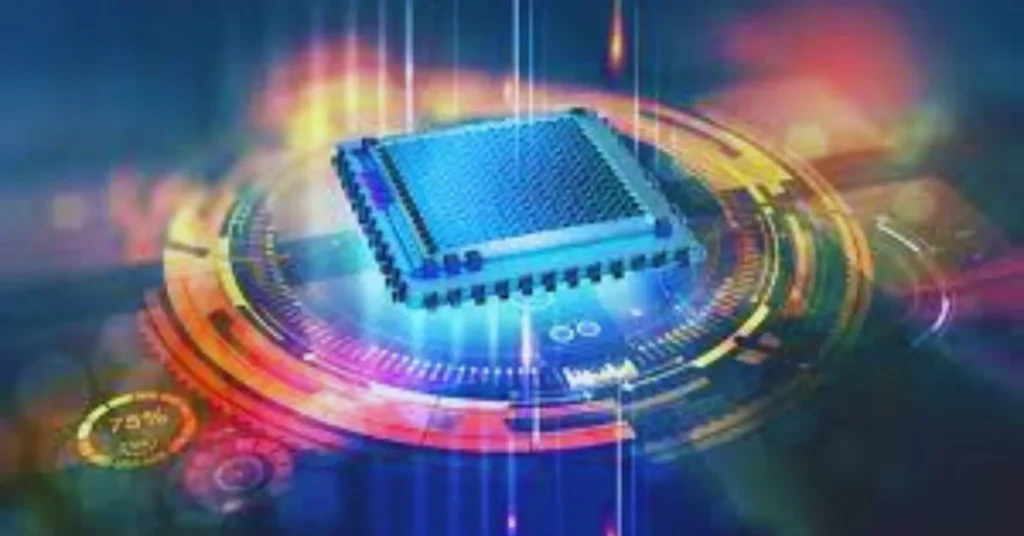Nanotechnology and Its Applications: Transforming Science and Industry
Introduction to Nanotechnology
Nanotechnology and Its Applications have become one of the most influential fields in modern science. It is the science of manipulating materials at the atomic and molecular level, usually at a scale of 1 to 100 nanometers. To put this in perspective, a nanometer is one-billionth of a meter—so small that it is invisible to the naked eye. Since its introduction in the 1980s, nanotechnology has rapidly grown, reshaping the future of science and engineering across multiple industries.
Fundamentals of Nanotechnology
At its core, Nanotechnology and Its Applications rely on nanomaterials—substances engineered at the nanoscale with unique physical and chemical properties. Materials behave differently at such small dimensions, becoming stronger, lighter, more reactive, or more conductive.
Scientists use specialized tools such as scanning tunneling microscopes (STM) and atomic force microscopes (AFM) to visualize and manipulate atoms. Unlike traditional technology that works at a macro level, nanotechnology builds and modifies matter atom by atom.
Also Read: Smart Supply Chain Solutions: Benefits, Challenges & Trends
Applications in Medicine and Healthcare
One of the most impactful areas of Nanotechnology and Its Applications is medicine. Nanomedicine uses nanoscale devices to diagnose, treat, and even prevent diseases. For example, nanoparticles can deliver drugs directly to diseased cells, reducing side effects and improving effectiveness.
In cancer treatment, researchers are developing nanoparticles that specifically target tumor cells, sparing healthy tissue. Nanoscale imaging tools help detect diseases at early stages. Looking ahead, nanorobots may circulate in the bloodstream, repairing tissues, killing pathogens, and monitoring health in real time.
Applications in Electronics and Computing
Nanotechnology and Its Applications in electronics have transformed how devices are built. Nanochips allow manufacturers to create smaller, flexible, and energy-efficient devices, leading to foldable phones, wearable health monitors, and advanced sensors.
Furthermore, nanotechnology is critical in quantum computing, where nanoscale materials stabilize quantum bits (qubits). These advancements will push computing power far beyond current systems.
Applications in Energy and Environment
The world faces urgent energy and environmental challenges, and Nanotechnology and Its Applications offer solutions. Nanomaterials enhance the efficiency of solar panels, capturing more sunlight and converting it into electricity. Nano-batteries enable better energy storage, supporting electric vehicles and renewable energy grids.
In environmental protection, nanoparticles are used in water purification systems, removing toxins, bacteria, and heavy metals. They also help clean oil spills and reduce carbon emissions, making industries more sustainable.
Applications in Agriculture and the Food Industry
Agriculture is another field benefiting from Nanotechnology and Its Applications. Farmers are now using nano-fertilizers and nano-pesticides that release nutrients and protective agents more efficiently, improving crop yield while reducing environmental damage.
In the food industry, nanotechnology improves packaging and preservation. Smart packaging with nanosensors can detect spoilage, alerting consumers before food becomes unsafe. This not only ensures food safety but also reduces waste significantly.
Applications in Textiles and Consumer Goods
Everyday life is increasingly influenced by Nanotechnology and Its Applications. Smart fabrics embedded with nanosensors can monitor health, detect toxins, and regulate temperature. Clothes with nano-coatings are resistant to stains, wrinkles, and water, making them more durable.
Beyond textiles, nanotechnology is found in consumer products like scratch-resistant glass, self-cleaning surfaces, and cosmetics containing nanoparticles. These innovations provide convenience and enhance product quality.
Military and Space Applications
Defense and space research heavily utilize Nanotechnology and Its Applications. Militaries are developing lightweight, durable nanomaterials for armor, weapons, and surveillance systems. Nanosensors increase battlefield awareness, while nanobots could perform precise tasks in combat.
In space exploration, nanotechnology creates materials strong enough to withstand extreme conditions yet light enough to reduce spacecraft weight. This technology could lower costs and make long-distance space travel more achievable.
Challenges and Ethical Concerns
Despite the benefits, Nanotechnology and Its Applications raise challenges. Health risks from nanomaterials are not fully understood, as some may be toxic to humans or harmful to ecosystems. Long-term exposure studies are still ongoing.
Ethical issues include the possibility of misuse in advanced weaponry or intrusive surveillance. Furthermore, the lack of global regulations makes it difficult to monitor safe usage. Responsible policies and safety standards are crucial for balanced growth.
Future of Nanotechnology
Looking ahead, Nanotechnology and Its Applications are expected to play a vital role in the Fourth Industrial Revolution. Future trends include self-healing materials, nanobots repairing tissues inside the human body, and ultra-efficient renewable energy systems.
These innovations will redefine industries, enhance human health, and contribute to solving global challenges. However, collaboration and regulation will be necessary to ensure these technologies are safe and beneficial.
Conclusion
Nanotechnology and Its Applications have already transformed healthcare, electronics, energy, agriculture, textiles, defense, and space exploration. By manipulating matter at the nanoscale, scientists continue to unlock new ways to improve efficiency, sustainability, and human well-being. While challenges remain, the future is bright—nanotechnology is set to shape the next era of innovation and scientific progress.



